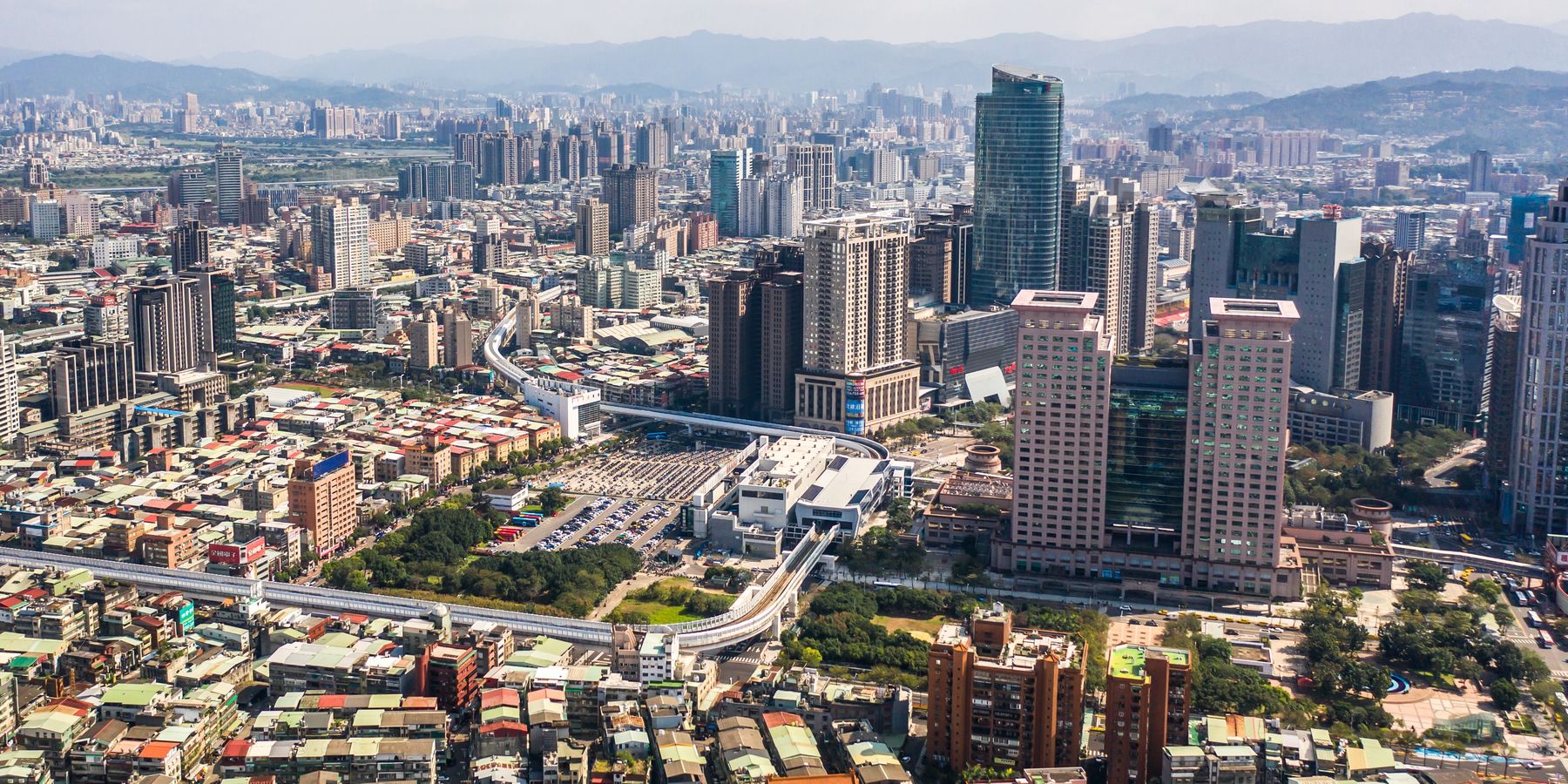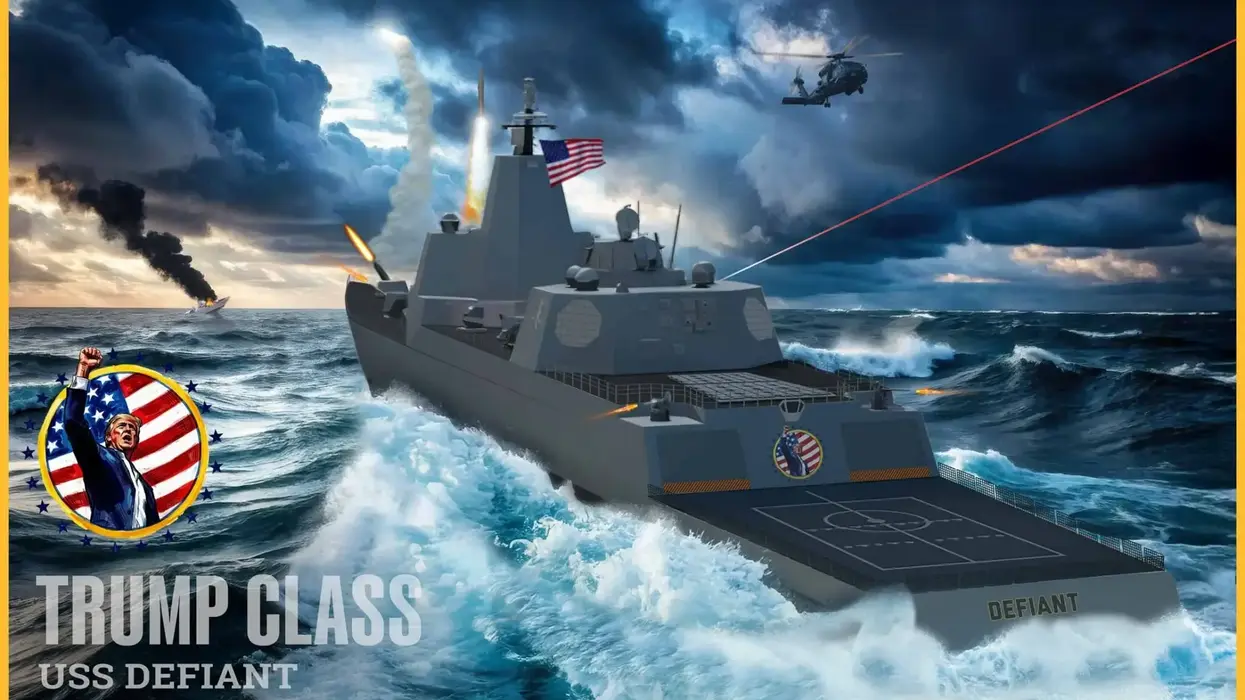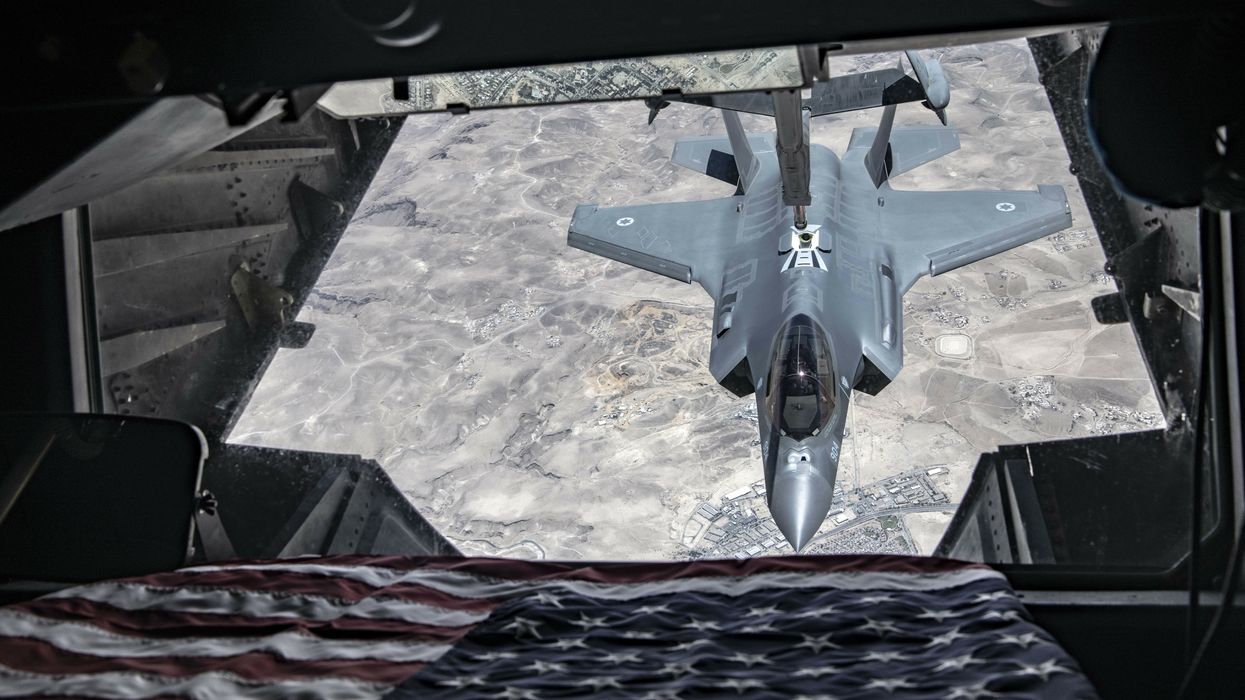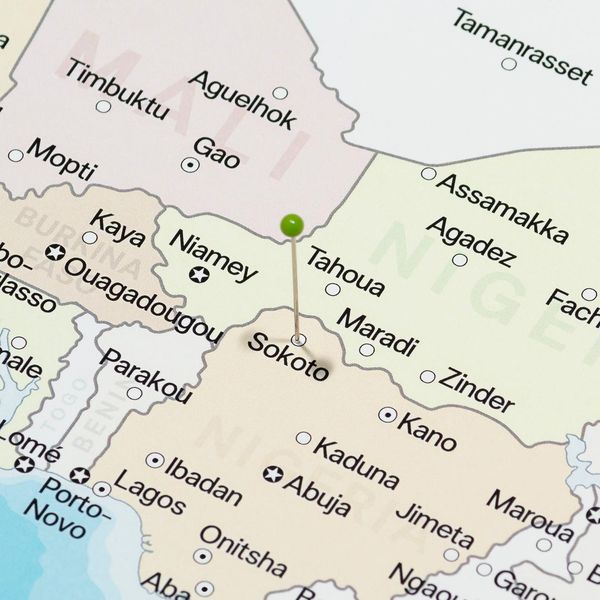For the better part of a decade, China has served as the “pacing threat” around which American military planners craft defense policy and, most importantly, budget decisions.
Within that framework, a potential Chinese invasion of Taiwan has become the scenario most often cited as the likeliest flashpoint for a military confrontation between the two superpowers.
In Washington, “China is going to invade Taiwan” has devolved into little more than a talking point these days. While it remains the essential premise underpinning defense policy, very little is generally said about Taiwan itself and its suitability as a stage for major military operations. That seems like an odd omission considering how much energy and resources American officials have expended in preparing to defend the place, including sending billions in direct military aid.
Hundreds of billions have either been spent or pledged to defend Taiwan. Yet Taiwan’s greatest defensive advantage is the main island of Taiwan itself. The island’s terrain is wholly unsuited for the kind of massive military invasion policymakers use to justify defense budget increases resulting is more than $1 trillion American annual defense budgets. A careful study of Taiwan’s geography including on-the-ground observations reveal eight significant challenges an invader would have to overcome to successfully conquer the island.
The following draws from my recent research on the island and will be fleshed out in a forthcoming report from the Stimson Center.
First, an invader would have to cross the Taiwan Strait to reach the island. An invasion force would include huge numbers of people, vehicles, and supplies. The only way to transport the bulk of such a force is with surface shipping which would be extremely vulnerable to submarines, underwater mines, long-range missiles, and now uncrewed attack vessels.
Second, Taiwan’s extensive shoreline provides few acceptable landing options. The majority of the island is covered by mountains and in most places, the mountains drop straight into the sea. An invader would have to establish a beachhead away from the cliffs, but all of these areas present two deeply troublesome military challenges.
Third, if the invader secures a foothold, it would then need to build up combat power ashore for the eventual breakout assault to capture the rest of the island. Again, Taiwan’s water-intensive agricultural land would make that difficult. The invader wouldn’t be able to stage people and vehicles in rice paddies. They would fare better doing so in developed port facilities, but they would still have to do so while fighting within the city.
Fourth, the invader would need to successfully breakout from the beachhead. Taiwan’s usable beaches lead either directly into a city or into farmland. Landing into a city creates means the invader would immediately be confronted by urban combat. Landing outside of the cities means the invader would crash across the beach only to then immediately become mired in the island’s extensive agricultural land which consists mainly of rice paddies.
Fifth, the invader would have to figure out how to fight across Taiwan’s landscape. Armored vehicles can’t drive through rice paddies. Tanks and armored personnel carriers, which would be needed in massive quantities to protect soldiers in the open terrain and cities, would need to stick to the island’s road network. Surface roads through the rice paddies provide a single lane in each direction at best.
An advancing armored force that gets stopped when the lead vehicle is destroyed by the defenders would not be able to drive around the new obstacle because the tanks would get stuck in water-logged fields. The only option would be to turn around and find another route. The defenders would be able to pull off the same trick again and again. It would be much faster for the invader to use Taiwan’s highway network, but these roads are often elevated which means the defender needs only to drop sections of the road to completely disrupt forward movement. Again, the invading force would not be able to easily bypass such an obstacle because it would require driving through rice paddies.
Sixth, the invader will have to contend with the island’s formidable natural obstacles restricting movements towards the ultimate objective in Taipei. Along the western plain of the island, the mountains reach all the way to the sea in several places creating narrow passes through which an invader would have to fight. The Yilan plain on the island’s east coast offers long stretches of inviting landing beaches, but an invader would have to fight directly through the mountains to reach Taipei along a highway that includes numerous bridges spanning deep river valleys and long tunnels bored through rock.
The island’s natural obstacles provide the Taiwanese with the ability to create a layered defense.
Seventh, Greater Taipei occupies a massive ancient lakebed in the northern part of the island. Mountains surround the city which is only accessible on the ground through narrow passes. One such pass is so narrow that the highway winding through it is elevated the entire way with opposing traffic lanes stacked vertically. Another pass is a little wider but it has been developed into essentially a long city with a winding river running through the middle creating a mile’s long obstacle protecting the approaches to Taipei.
Lastly, if an invader overcomes all of these challenges, they will still have to contend with Taipei proper. The metropolitan area covers 250 square kilometers. The city is very dense with relatively little open space at street level. A significant proportion of the city’s buildings rise above 20 stories. The scale of a contested battle over Taipei is almost impossible to comprehend.
The closest equivalent in history would be the Battle of Stalingrad in World War II. That city had a population of approximately 850,000 in 1940. During the six months the Germans and Soviets fought for control of the city, upwards of 2 million people were killed as the armies fought block by block. Greater Taipei today has a population of well over 7 million.
There are various strategic, political, and economic reasons why China’s leaders are much more likely pursue their goal of gaining political control of Taiwan through means other than a massive military invasion. But because American policymakers and military planners continue to cite the Chinese threat to Taiwan as the principal scenario around which to craft their proposals, it’s important to understand realities on the ground there.
With only a basic understanding of Taiwan’s complex terrain, it becomes immediately obvious that there are few places on Earth less suitable for what would be the largest single military operation in history. The doyens of the national security establishment may need to find a new pacing threat.
- War with China over Taiwan won't end well for anyone ›
- Three reasons why China can't afford to invade Taiwan ›
- Taiwan shouldn't become the thorn we use to provoke China | Responsible Statecraft ›
















